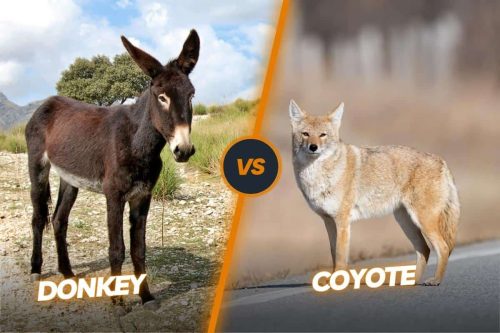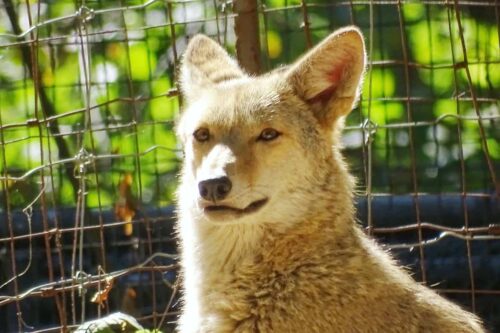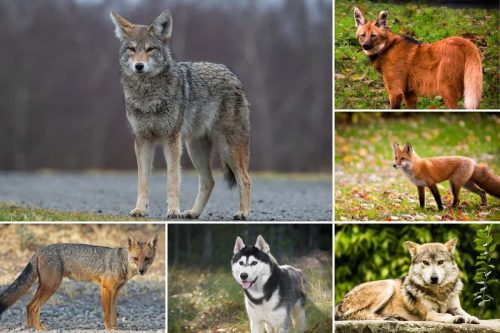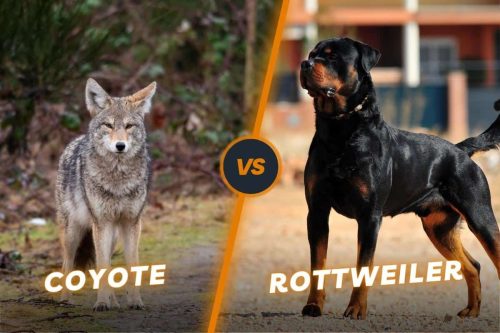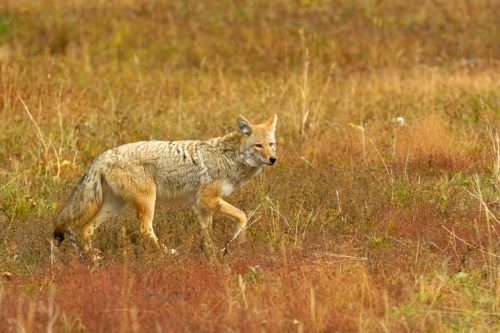Coyote Vs Dog Differences: Are Coyotes Dogs?
Dogs and coyotes may seem like similar animals at first glance, but upon closer inspection, the differences between them become clear. While both are mammals in the Canidae family, dogs have been domesticated by humans for thousands of years while coyotes remain wild animals. In this blog post regarding dog vs coyote, we will compare and contrast dogs and coyotes in various aspects such as their behavior, physical characteristics, habitat, and more.
The following write-up will help you get answers to questions like; Are coyotes dogs? or will a coyote attack a dog? So, whether you’re a dog lover or fascinated by wild canines, keep reading to learn about these furry creatures’ similarities and differences.
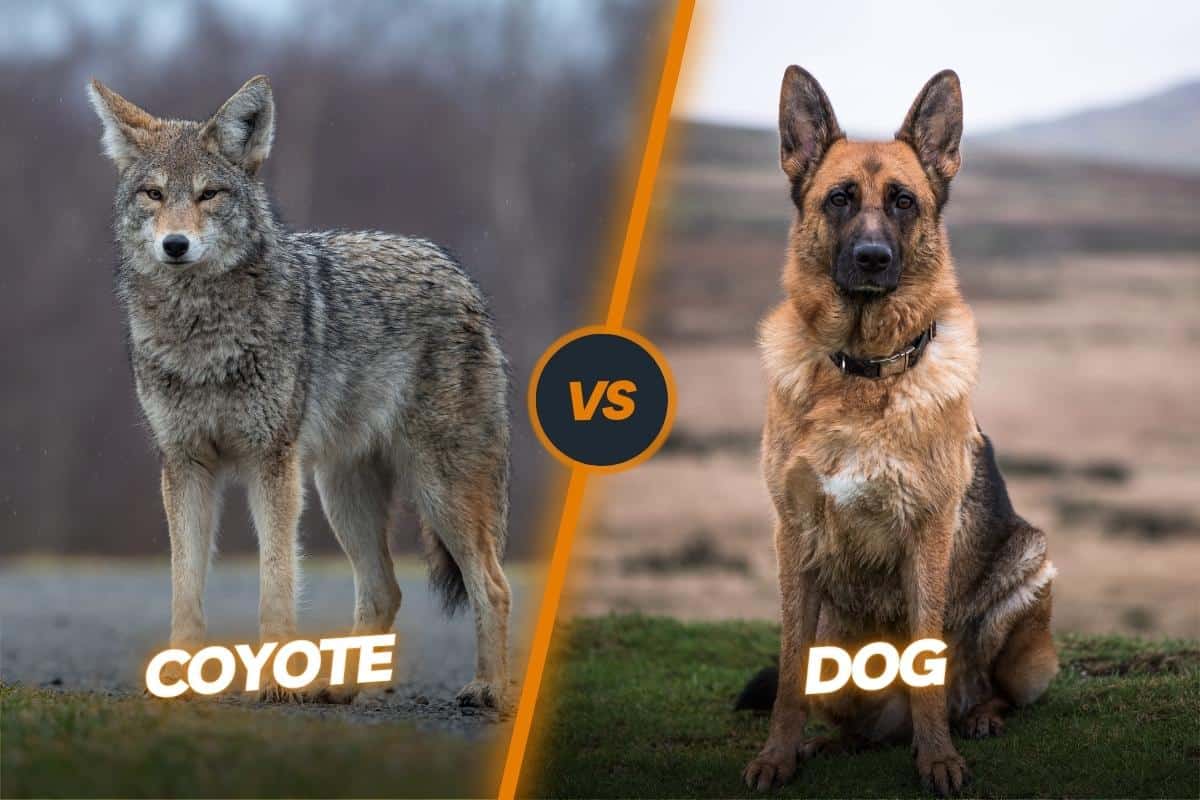
Contents
Who Reigns Supreme? A Comparison of Dogs and Coyotes
Both dogs and coyotes are members of the Canidae family and share many similarities, but they also have notable differences. When it comes to who reigns supreme, it’s difficult to give a definitive answer. That is the reason you might not have seen a coyote attacking a dog.
Dogs are generally larger, and stronger, and have been selectively bred for specific purposes for thousands of years. However, coyotes are incredibly adaptable and have survived in various habitats throughout North America.
Coyotes are known for their resourcefulness, intelligence, and remarkable senses, while dogs are known for their loyalty and social nature. Ultimately, both dogs and coyotes have their strengths and weaknesses, making it impossible to determine a clear winner. So if you want an answer to the question, do coyotes attack dogs, it might not be easy to get an answer.
Also, read the coyote vs pitbull article for a specific comparison of coyotes with pitbulls.
Physical Characteristics of Dogs and Coyotes
Both dogs and coyotes are members of the Canidae family and have some physical similarities, such as their sharp teeth and pointy ears. However, when it comes to dogs vs coyotes there are also notable differences between them.
Despite all that, there are seldom cases when one might have seen coyotes attack dogs.
Let us discuss the major traits in detail that make them different:
Coyote vs Dog Life Span
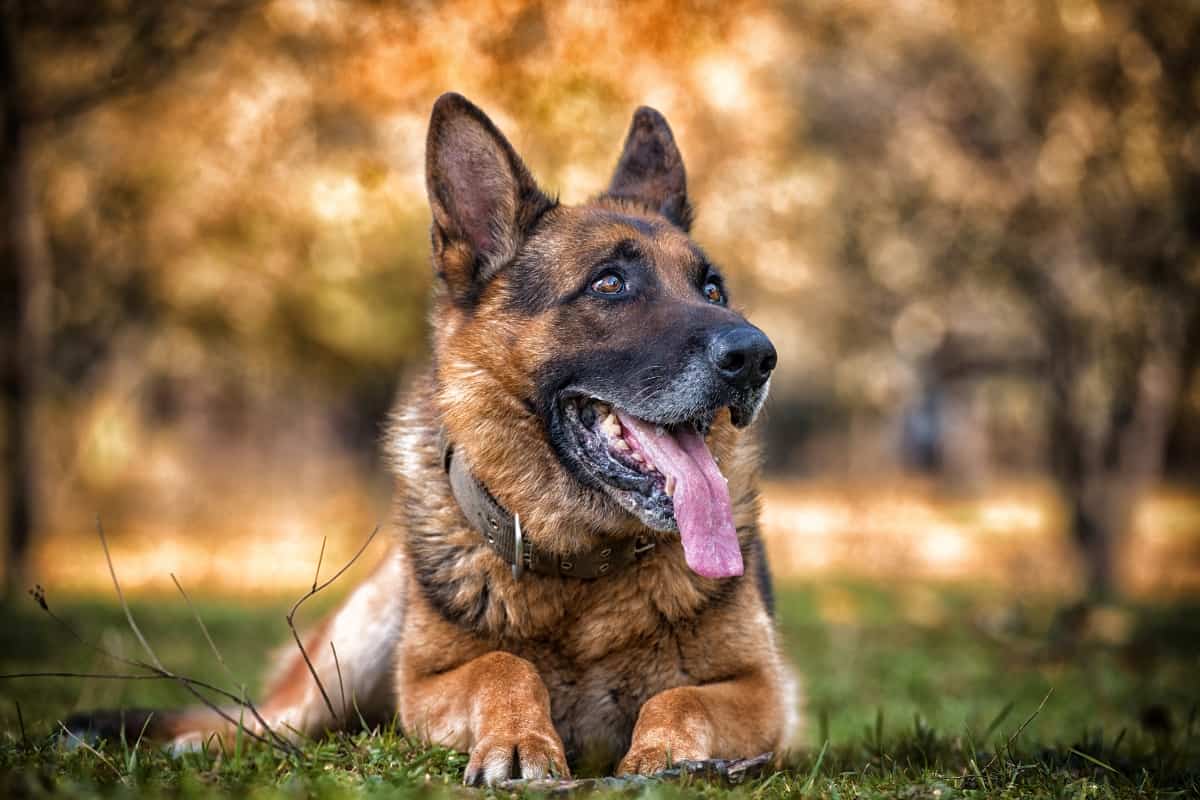
One of the biggest differences between dogs and coyotes is their lifespan. Dogs have an average life span of 10-13 years, while coyotes typically live 3-5 years in the wild. This difference is due to several factors, including genetics, diet, and habitat.
Dogs are typically well-cared for by their owners, which can lead to a longer life expectancy. Coyotes, on the other hand, are wild animals that face many dangers in their environment, including predators, disease, and hunting.
Overall, the life span of these animals is a significant factor to consider when comparing them, and it highlights the differences in their lifestyles and habitats.
Temperament Differences of Both

Dogs and coyotes have significantly different temperaments. Dogs have been domesticated for thousands of years and are known for their loyalty, friendliness, and affection towards humans. They have been selectively bred to be obedient and trainable. However, you will have to train dogs that hunt coyotes.
On the other hand, coyotes are wild animals and are naturally shy and cautious around humans. They are known for their cunning and independence and prefer to hunt alone or in pairs rather than in packs like wolves.
Coyotes are also territorial animals and can become aggressive when their space is threatened. In general, dogs are more sociable and affectionate, while coyotes are more cautious and reserved.
Interaction Level with One Another
The interaction level between dogs and coyotes is largely dependent on their respective personalities. While some dogs may be territorial and aggressive towards coyotes, others may be timid and submissive.
Similarly, coyotes can display a range of behaviors when encountering dogs. They may be curious and cautiously approach the dog or they may become defensive and attempt to assert their dominance. Pet owners need to be aware of the potential risks involved in allowing their dogs to interact with coyotes. To avoid any conflicts, it is recommended to keep dogs on a leash and supervise their outdoor activities.
Coat, Scat, Track, Tail, and Overall Size
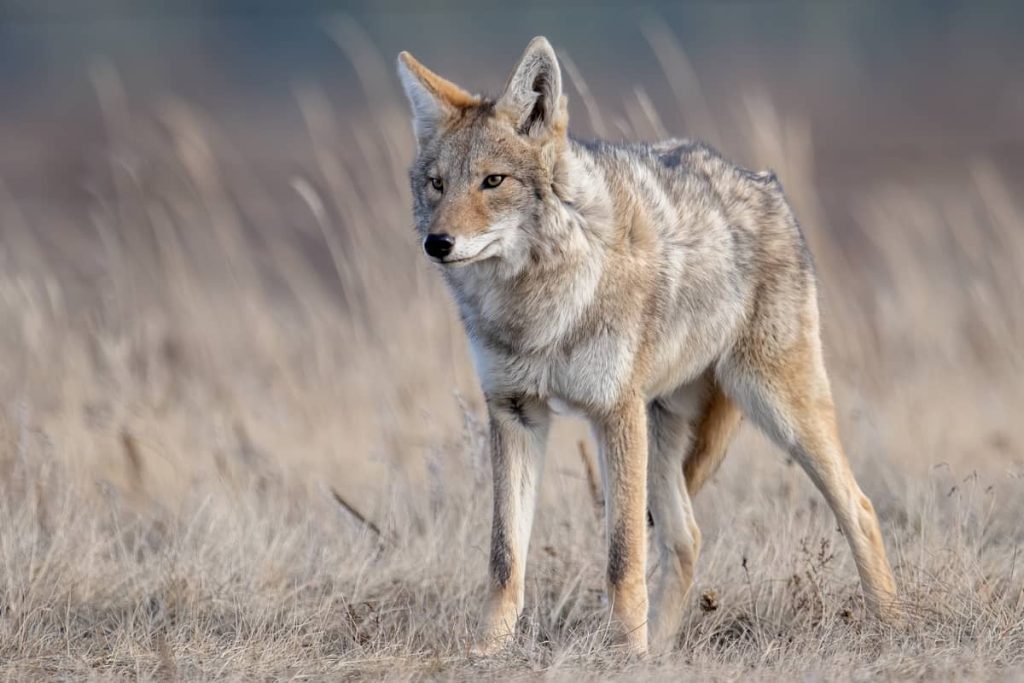
One of the easiest ways to tell the difference between a dog and a coyote is their coat. While dogs come in all shapes, sizes and coat types, coyotes typically have a grizzled grayish-brown coat.
Additionally, coyotes have distinctive black-tipped tail and long, narrow snouts. Their tracks are also different from dogs, with coyote tracks appearing more elongated and slender. In terms of scat of coyotes, they typically produce small, tubular feces with blunt ends.
As for size, adult coyotes usually weigh between 20-50 pounds, while dogs can range from just a few pounds up to over 100 pounds depending on the breed.
Habitat and Range of Dogs and Coyotes
Dogs and coyotes are both highly adaptable species that can survive in various habitats. Dogs are domesticated animals and can live in urban, suburban, and rural environments. They are commonly found in households but also roam the streets and parks.
Coyotes, on the other hand, are wild animals that can be found throughout North America. They prefer open areas like deserts, grasslands, and prairies, but can also survive in forests, mountains, and urban areas.
Coyotes are known for their ability to adapt to human activities, which has allowed them to successfully expand their range. While dogs and coyotes can share some habitats, it is important to monitor their interactions as it can be potentially dangerous for both species.
Social Behavior and Pack Structure in Dogs and Coyotes
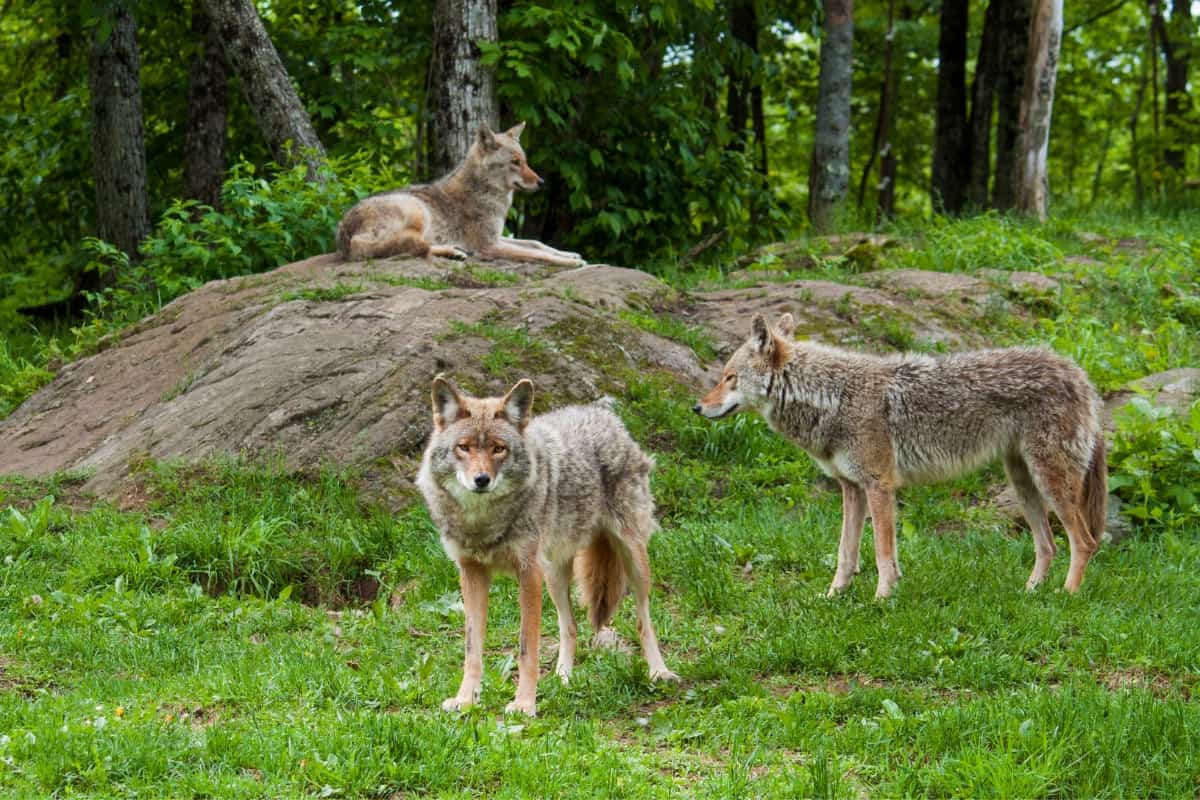
Dogs and coyotes both have social behaviors that vary from species to species. Coyotes are highly social and live in family groups or packs. The pack structure includes an alpha male and female, followed by other males and females, and then the young. This pack structure is necessary for hunting, territory defense, and raising young.
Dogs, on the other hand, can have different social behaviors depending on their breed and individual personality. Some breeds, like wolves and huskies, have a similar pack structure to coyotes.
However, many dogs are not pack animals and can thrive without being part of a pack.
It’s important to note that while some dogs may exhibit pack behavior, they have been domesticated for thousands of years and have adapted to live alongside humans. Coyotes, on the other hand, are wild animals and should not be kept as pets or treated as domesticated animals.
Hunting and Feeding Habits of Dogs and Coyotes
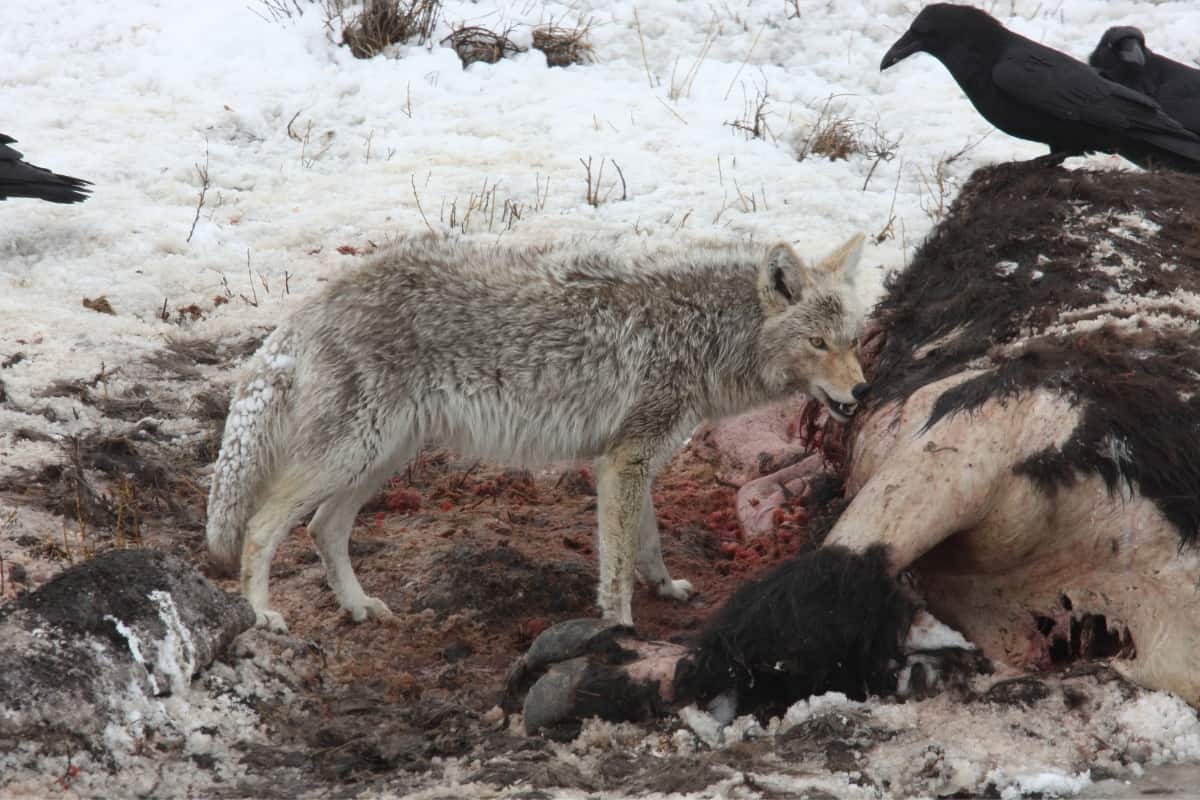
Dogs are generally omnivores, with their diet primarily consisting of meat, vegetables, and fruits. They have been domesticated for centuries and rely on humans to provide their meals. Coyotes, on the other hand, are true carnivores and their diet mainly comprises small mammals, rodents, insects and carrion.
They are opportunistic hunters and will sometimes hunt in packs, taking down prey larger than themselves. Coyotes have been known to scavenge and eat human garbage as well. Domestic dogs, however, have a wide variety of food options and do not rely solely on hunting for survival.
Coyotes have adapted to their environment and their hunting and scavenging techniques are highly specialized, making them formidable predators in their own right.
Domestication and Interaction with Humans
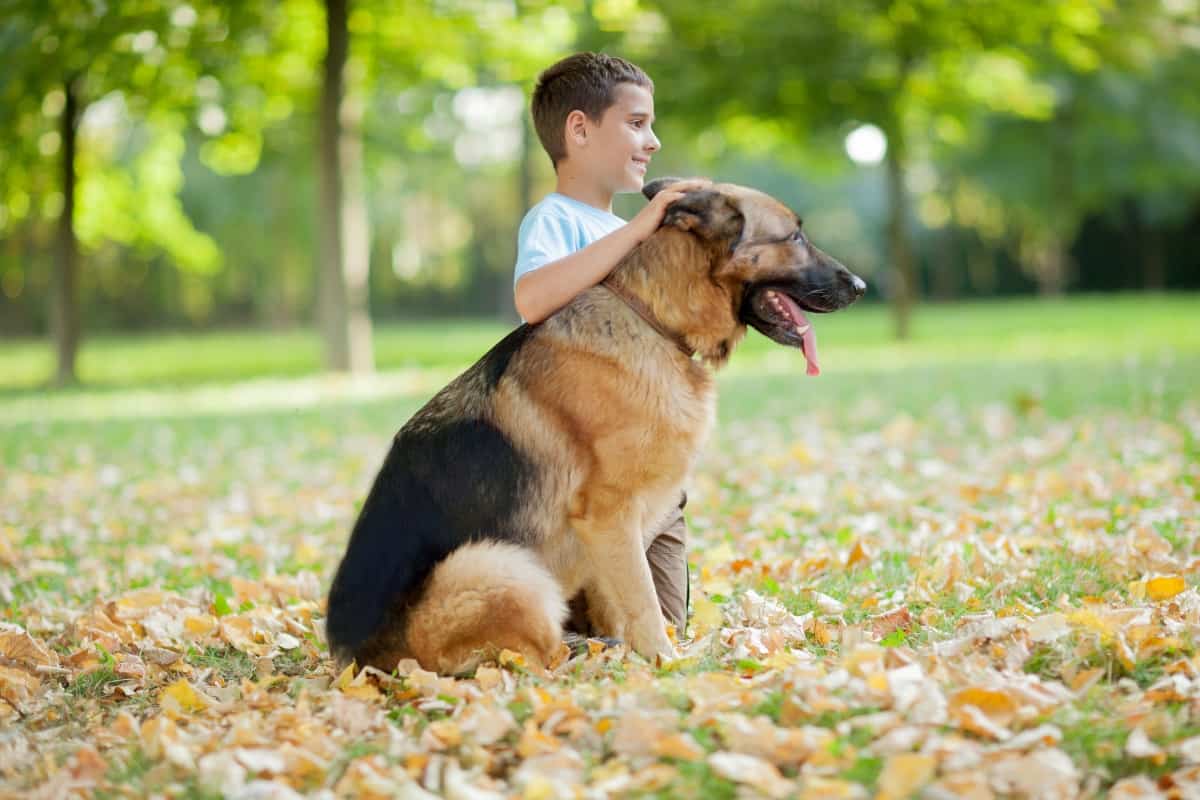
Dogs and coyotes have had very different histories when it comes to domestication and interaction with humans. Dogs were domesticated by humans thousands of years ago, primarily for hunting and companionship.
Over time, dogs have become an integral part of human society, with some even serving as service animals and therapy dogs. On the other hand, coyotes have remained wild animals, rarely interacting with humans in a positive way.
While some coyotes may become comfortable in urban environments and even scavenge for food, they still remain very less domesticated due to unpredictable and potentially dangerous behavior to humans and their pets. It’s important for pet owners to be aware of this and take precautions to keep their dogs safe in areas where coyotes may be present.
Coyote vs dog Fundamental differences
While dogs and coyotes may share some similarities, they are fundamentally different creatures. Both are canids or members of the dog family, but coyotes are a wild species and dogs are domesticated.
They both have a fur coat and are carnivorous, but dogs have been selectively bred for a variety of purposes, while coyotes have evolved to thrive in the wild. Coyotes are smaller than most dog breeds, with longer legs, and a narrower snout. Dogs also come in a wider range of sizes and shapes than coyotes, as humans have selectively bred them for various purposes over time.
Are Coyotes Dogs?
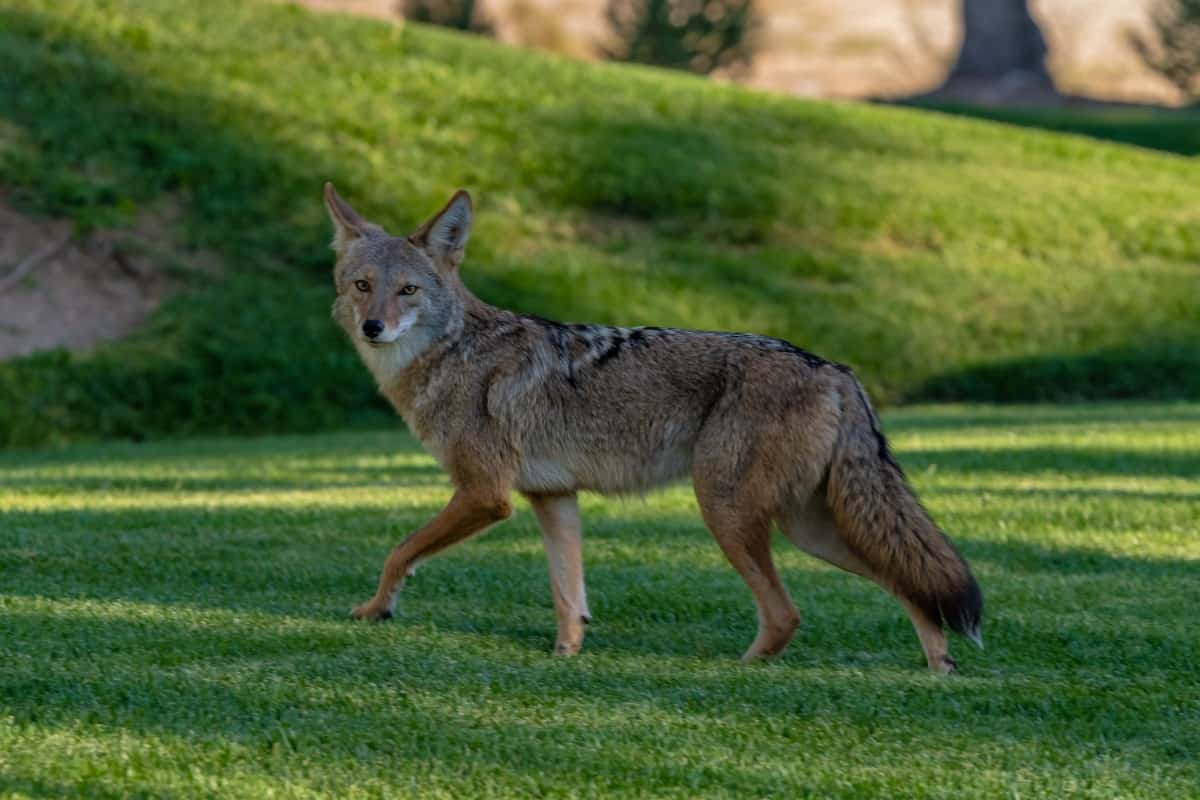
The exciting nature of coyotes has frequently raised questions about how they compare to domestic canines or dogs. Coyotes are different animals with unique traits, although having some similarities to dogs. So, are coyotes dogs? It is not as simple as it sounds. To find out, let’s investigate the interesting world of these animals.
Are Coyotes Canines?
As canids, coyotes are members of the same family as dogs (Canidae), including wolves and foxes. Is a coyote a dog confusion arises due to that similarity. They are, therefore, canines. Coyotes, a species known as Canis latrans, are not considered dogs. Now you also have an answer to the question, are coyotes canines?
Despite having the same ancestry, dogs, and coyotes have evolved separately, leading to distinct differences. Coyotes have developed a leaner, more agile body for hunting and survival in the wild. Compared to most dog breeds, they have more prominent, more pointed ears and a slimmer nose. Due to these similarities, some might need clarification regarding the query, are coyotes related to dogs? However, the difference is quite prominent when you observe minutely.
Do Coyotes Bark Like Dogs?
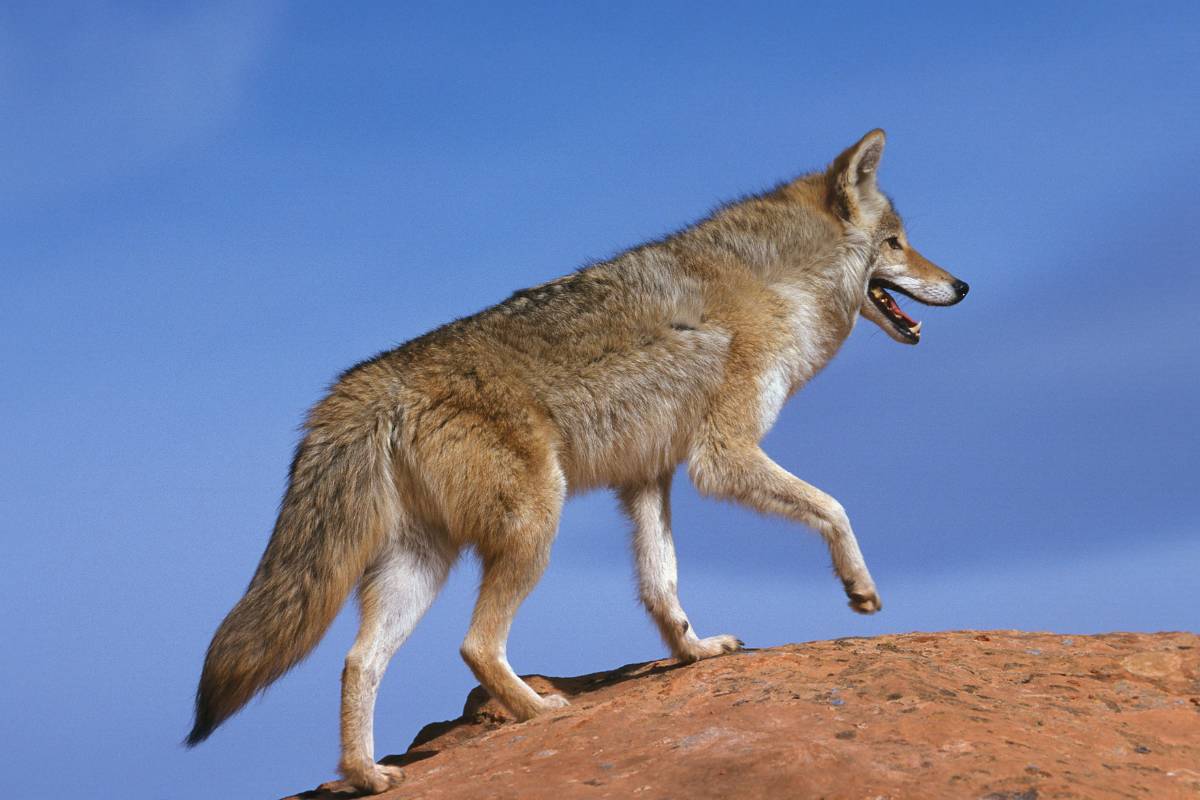
Their vocalizations stand out as one noticeable difference. Coyotes can make various noises, such as howls, yips, and yelps, but they do not bark like dogs. Their vocal repertoire is particular to their species and supports social communication needs.
Coyotes behave in a way that is both solitary and gregarious, creating family groups akin to wolf packs. They still maintain their fundamental wild instincts, which makes them naturally more apprehensive of humans than tamed dogs.
Even though coyotes and dogs are both members of the Canid family, they are independent animals with unique traits. It helps us appreciate the variety of life within the Canid family when we know the variations between these intriguing organisms.
Final Thoughts
After analyzing the various aspects of dogs and coyotes, it is clear that while there are some similarities, the differences outweigh them. Dogs have been bred and domesticated over thousands of years, making them much more tolerant of humans and easier to train. Coyotes, on the other hand, are wild animals and have not been domesticated.
They have adapted to living in urban areas, but they still have their natural instincts. It is important for dog owners to understand that coyotes are not pets, and should not be approached or fed. By respecting the natural habitats and behaviors of these two species, we can ensure their safety and coexistence in the wild.
FAQs

Ray is an experienced wildlife researcher with a background in veterinary medicine. His contributions have significantly advanced our understanding of various wild animals.

